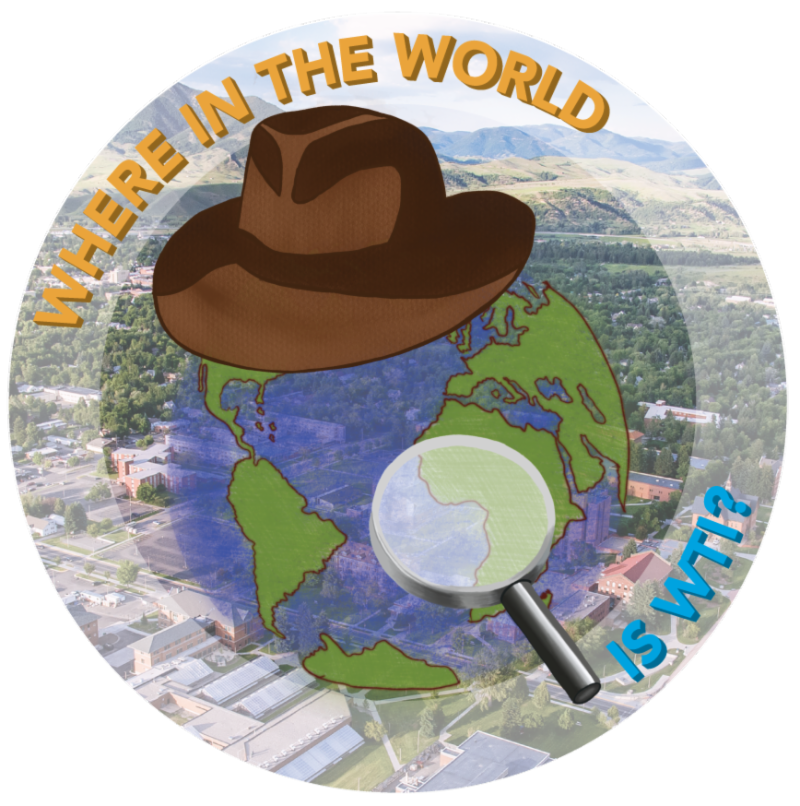New IUNC Report from Rob Ament and Tony Clevenger
Rob Ament, the Road Ecology Program Manager at WTI, Dr. Tony Clevenger, a WTI Senior Research Scientist, and their colleague Dr. Rodney van der Ree of Australia, are the lead editors of a new technical report published by the International Union for Conservation of Nature (IUCN) and its World Commission of Protected Areas. Titled “Addressing […]
International Transportation Pooled Fund Study Published: Findings Will Help Reduce Wildlife Collisions, Increase Habitat Connectivity, and Implement Cost Effective Solutions
Resources from a first-of-its-kind road ecology study are now available on the web through the Western Transportation Institute at Montana State University (MSU). The Wildlife Vehicle Collision (WVC) Reduction and Habitat Connectivity project, a Transportation Pooled Fund Study, was developed through an international partnership of fourteen state departments of transportation (DOTs), Canadian transportation agencies, and […]
INTERNATIONAL OUTREACH: Researchers Highlight Mobility Issues at UNESCO Conference

In 2015, WTI’s Small Urban and Rural Livability Center and West Region Transportation Workforce Center embarked on a collaborative project with partners from the Russian University of Transport (RUT), the Russian Federation’s largest university focused on transportation science and engineering. The project assessed and shared education and training resources to foster accessible transit services in […]
Where in the World is WTI? EU Safety Conference Invites CHSC Director to Luxembourg

Center for Health and Safety Culture (CHSC) Director, Dr. Nic Ward, will be a keynote speaker at the EU Safety Conference in Luxembourg in October 2019. Dr. Ward’s presentation is titled, “Safety Culture: Creating a Sense of Responsibility for Safety in the Population at Large.” The Conference, organized by EuroSafe and the Luxembourg Institute of […]
Wolverine Research Showcased in Canadian Media
WTI Research Scientist, Tony Clevenger, presented his research on wolverines to the Bow Valley Naturalists in Alberta, Canada recently, resulting in a feature article in the Rocky Mountain Outlook. “Wolverine populations at risk without connectivity” discusses his study that found that the numbers of wolverines in southwest Alberta and British Columbia are much lower than […]
Where in the World is WTI? Malaysia Hosts Road Ecology Workshop Co-sponsored by WTI
WTI Road Ecologists Rob Ament and Tony Clevenger traveled to Kuala Lumper, Malaysia in April to present at the Road Ecology – Transportation Infrastructure and Wildlife Conservation Workshop. Co-sponsored by WTI, Association of Consulting Engineers – Malaysia (ACEM), ERE Consulting, the Management and Ecology of Malaysian Elephants (MEME), and the Center for Large Landscape Conservation, […]
Where in the World is WTI? CHSC researchers collaborate at international conference
Center for Health and Safety Culture researchers Annmarie McMahill and Jay Otto attended the World Appreciative Inquiry Conference at the end of March in Nice, France. The theme of the conference focused on “Generating constructive conversations for the common good.” Participants had the opportunity to collaborate with colleagues from around the world to share their […]
Where in the World is WTI? Road Ecologist presents workshop in South Africa
The expertise of WTI researchers is in high demand for research collaborations, presentations, and academic exchanges around the world. “Where in the World is WTI?” will periodically feature partnerships and forums that showcase the growing international scope of our work. WHERE: Kruger National Park, South Africa WHO: Rob Ament, Road Ecologist WHY: African Conference for […]
Brazilian road ecologist with WTI connections wins prestigious international conservation award
Fernanda Abra, a Brazilian Ph.D. student who has conducted wildlife research with a leading WTI road ecologist for nearly a decade, is one of only three scientists worldwide to be selected for the 2019 Future For Nature Award, announced on February 19. A few months ago, eight young conservationists from around the world were nominated […]
WTI Researcher Assists with Asiatic Cheetah Research Article
The October issue of Current Biology will feature an article entitled “Roads threaten Asiatic cheetahs in Iran,” about the impacts of wildlife vehicle collisions on the endangered species (there are fewer than 50 free roaming cheetahs in the country). The authors reached out to WTI Research Ecologist Marcel Huijser to provide input and assistance on […]
